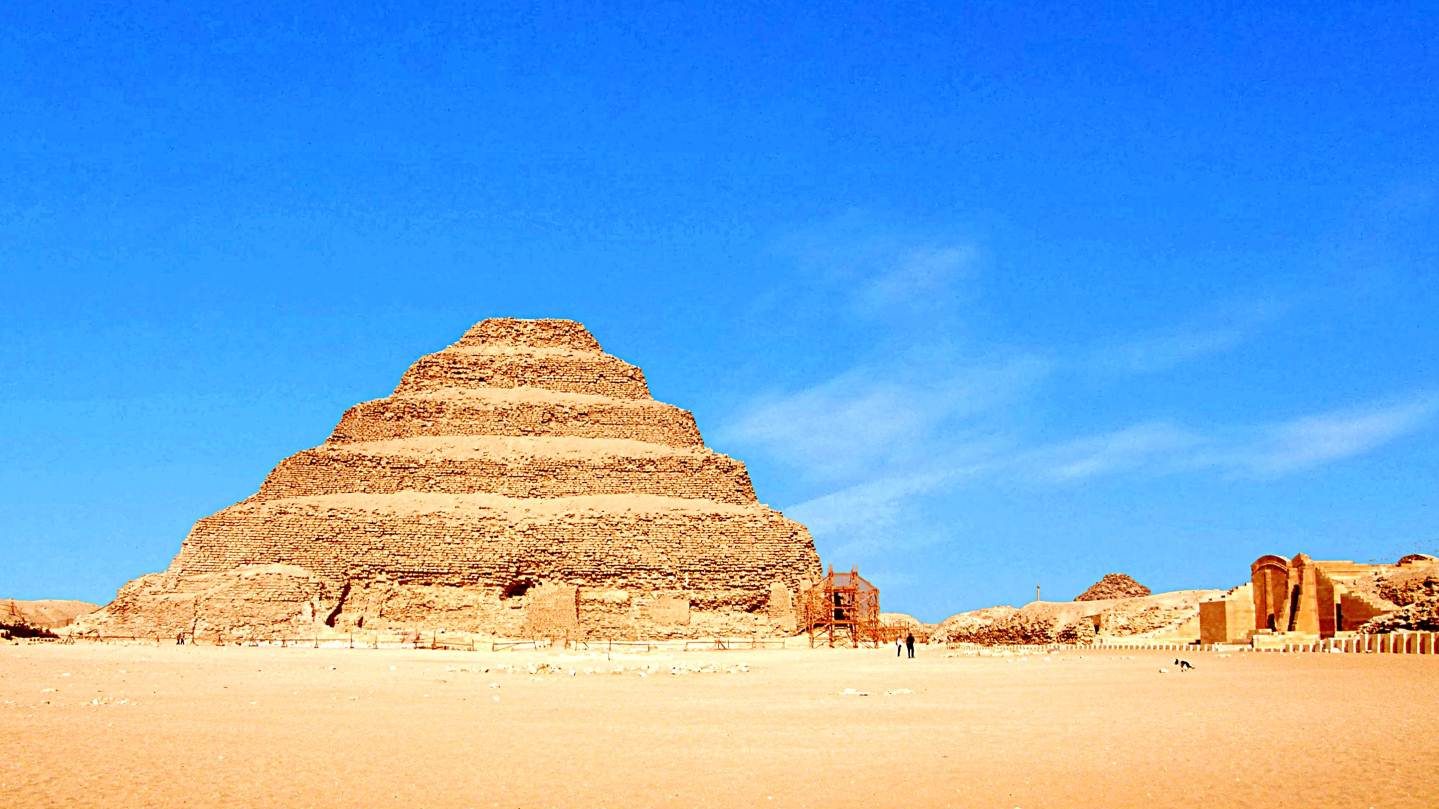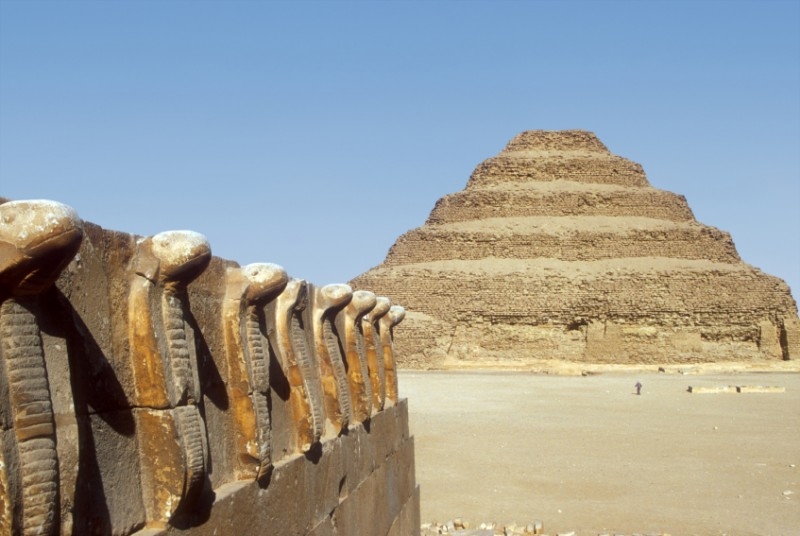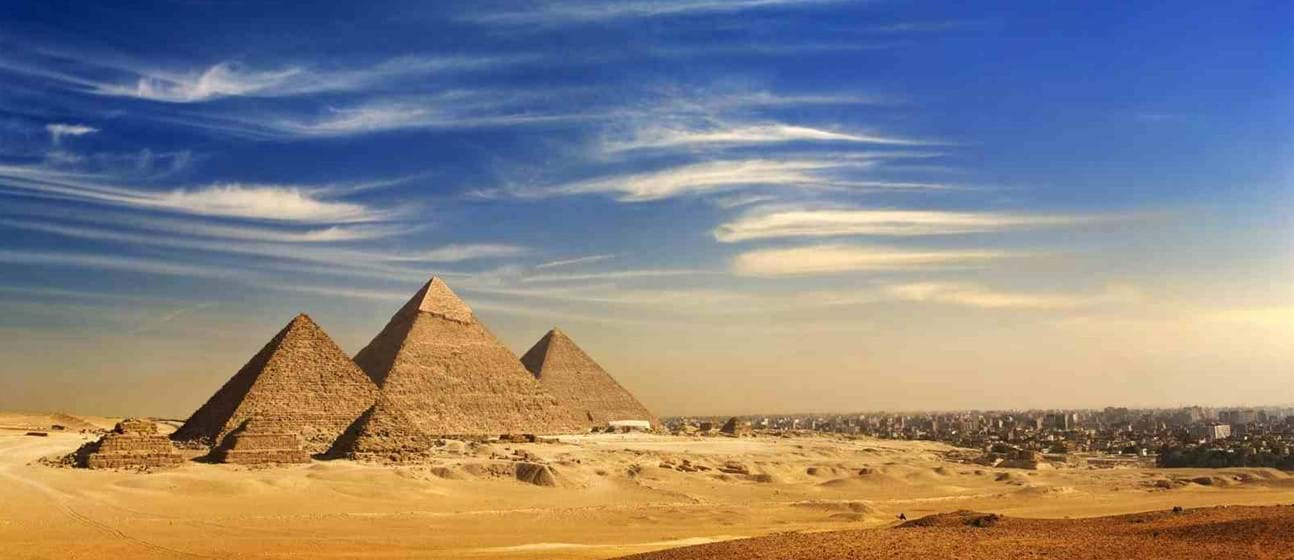- Cairo Attractions
- Shoroq Samir
Sakkara Pyramid in Egypt
Sakkara pyramid is an immense field of tombs, the final resting place of kings, noblemen, lesser Egyptians and mummified animals. In the course of the entire pharaonic period, but particularly the Old Kingdom and the Late Period, the desert sands of Sakkara witnessed the continuous activity of tomb building, funerary processions and cult ceremonies for the dead.

Sakkara Pyramid
After almost 2000 years of tranquillity, disturbed only by occasional tomb looting, Sakkara has come to life once again as teams of archaeologists go about their ever productive excavations, and multitudes of tourists follow eagerly in their footsteps.
Probably named after Sokkar, the mummified falcon-god of the dead, Sakkara served as the official necropolis of Egypt's main capital city, Memphis. It's most prominent landmark is the famous Step Pyramid which stands at the center of a vast quadrangular precinct dedicated to the afterlife of King Djoser of the Third Dynasty.
Sakkara Architecture
This architectural wonder was accomplished by Imhotep, a high official and architect under Djoser. The Third Dynasty was a period of hesitant experimentation in a monumental stone building. The elegance of white limestone was exploited for the first time in the formation of impractical but very gracious architectural features such as embedded columns, false doors, imitations of tree-log ceilings, false arches, rounded corners, and the like. On the other hand, the massiveness of stone architecture, emphasized by the use of oversize blocks as can be found in the Giza complex (4th Dynasty), is absent from Djoser's monument.
Sakkara Interior Design
The step pyramid is the earliest example of an Egyptian pyramid. A close look at its construction shows that it was originally conceived as a mastaba building that was later developed into a step pyramid through several stages. The granite burial chamber of the king is situated underneath the enormous mass. It was accessible through a descending passage that could be entered from the court at the pyramid's northern side. Many subterranean galleries were discovered underneath the pyramid, as well as several rooms panelled with blue "faience" tiles. Thousands of stone vessels bearing the name of Djoser were found in these galleries.
On the southwest of Djoser's complex, his successor, Sekhemhet, built a very similar enclosure but was unable to complete it. Some theories regarding pyramid-building techniques could be confirmed by the discovery of this unfinished pyramid.
to visit the pyramid just book a tour from our Egypt budget tours or book it from Egypt shore excursions if you have a free day at Egypt shores










